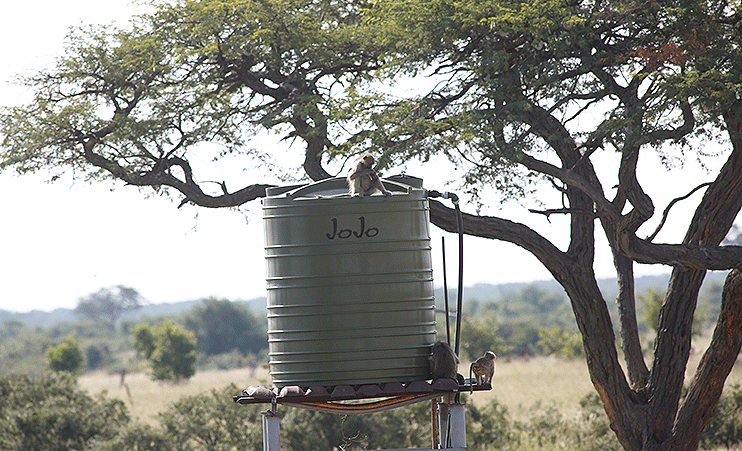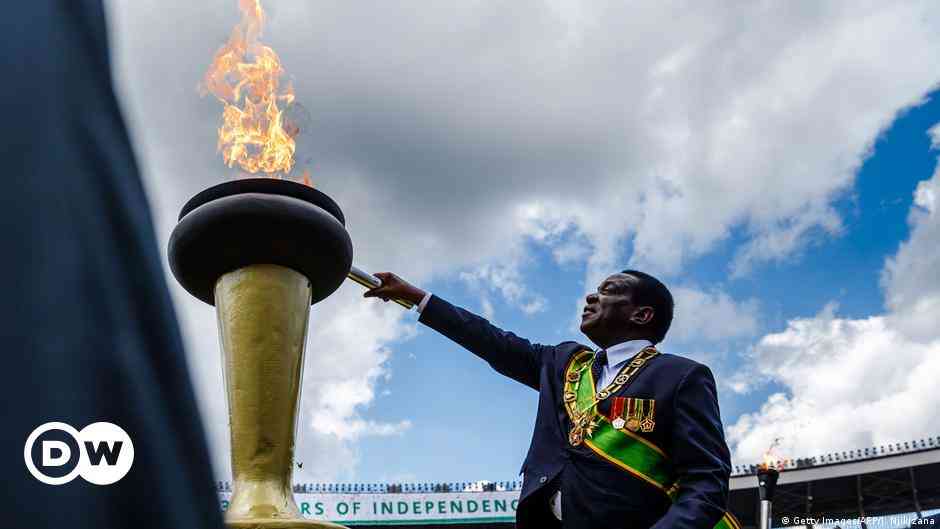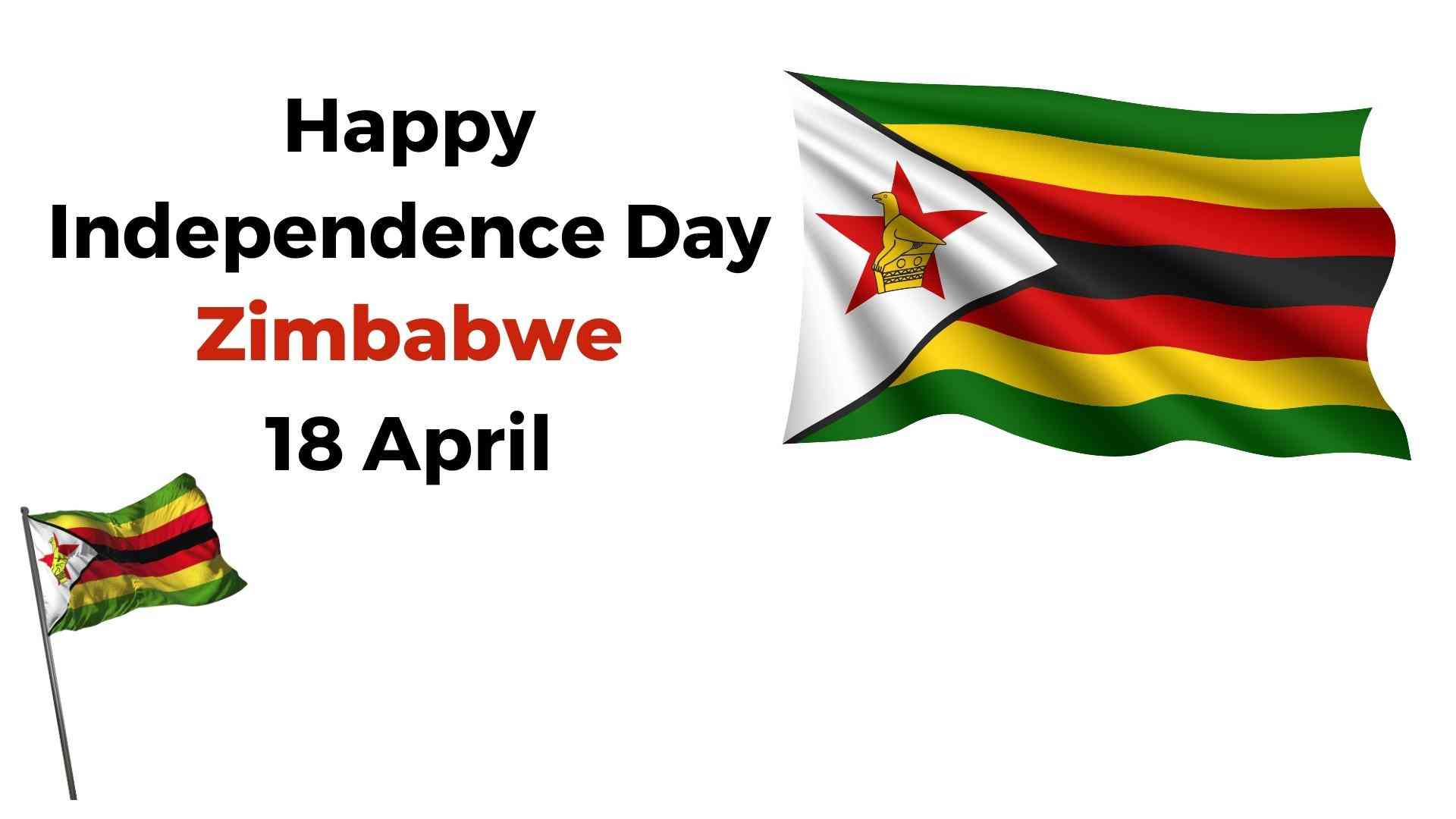
By Learnmore Nyoni Hwange National Park is Zimbabwe’s biggest wildlife conservancy. It is located in the southwestern part of Zimbabwe, 330km outside Bulawayo.
It boasts wildlife bio-diversity with over 100 types of mammals including the “Big Five” and over 400 bird species.
It was declared a game reserve in 1928 by the then colonial government and Ted Davison became its first warden.
Hwange National Park is located in a very low rainfall, semi-desert area.
When the game park was established, local white farmers were harvesting an average of one bag of maize on every planted acre of land.
Davison had to drill boreholes to keep wildlife from leaving the area.
As we drove around the park a few days ago, we realised that the park has a serious water problem.
- Chamisa under fire over US$120K donation
- Mavhunga puts DeMbare into Chibuku quarterfinals
- Pension funds bet on Cabora Bassa oilfields
- Councils defy govt fire tender directive
Keep Reading
We observed solar-powered water pumps dotted around the national park.
Our guide told us that natural water dries up around August and then water pumping sustains the park in the dry months and during dry spells of the rainy season.
Driving to Hwange National Park in the rainy season is not every tourist’s favourite because the lush vegetation camouflages the large variety of animal and bird species away from the tourist’s inquisitive eye.
We were lucky to see a variety of wildlife species such as elephants, hippos, giraffes, bushbucks and zebras during our five-hour game drive.
However, beyond this seemingly pristine wildlife bush lies a story of the effects of climate change on this game park.
The lush green canopies provide a great nestling place for all species in this reproductive season.
Nonetheless, there are very few natural water pans in the Hwange National Park and they only last a few months, a problem that was discovered by the park’s first warden Davison in 1928.
Davison sunk boreholes across the park to keep the animals roaming around the park.
The pumping of water continued over the years, first using diesel engines and now, using solar- powered pumps.
Private lodges around Hwange National Park also dig out water pans they pump water daily to provide precious liquid to wild animals and so does the Zimbabwe Parks and Wildlife Management Authority (ZimParks) to counter severe water shortages in the dry seasons.
The rainy season in Zimbabwe usually runs from late November to April.
Due to climate change in southern Africa, rains have become erratic, leading to heatwaves, floods, storms and frequent droughts.
This has come at a huge cost to wildlife resources in wildlife reserves. Large herbivores such as elephants and hippopotamuses easily succumb to these climatic changes due to their ecology.
Man-made ponds are a need in Hwange National Park, lest large herds of wild animals are lost in the dry season.
Without water ponds where private players and the national parks pump water, animals have to move out of the demarcated national park zone in search of the precious liquid.
In years of drought, some succumb to the effects of high temperatures and very low rainfall that quickly evaporates from the surface of the earth.
For instance, a lengthy dry spell saw the death of no less than 100 elephants in 2019.
Miombo is a safari lodge located just 300 metres from the railway line that marks the boundary of the national park.
This lodge uses electricity to pump water into their man- made water pans, to provide wild animals with water.
This is a very commendable corporate social responsibility in support of wildlife conservation efforts.
This is a win-win arrangement, with animals enjoying “free” water from these lodges while guests booked at the lodge enjoy “free” game viewing.
Davie Mudimba of Miombo Safari Lodge says guests at the lodge get to watch the buffaloes, elephants, leopards, bushbucks and other wild animals when they come to the watering hole.
“Elephants do not bath in muddy water, they love fresh water and that is why we make sure we pump fresh water daily. Elephants come to bath and drink from this pond.
“There is need to increase water holes around this area, because in the dry season elephants end up drinking dirty water, or even come to our swimming pool to drink water from there. At times when there is very little water, elephants end up breaking our water pipes looking for water,” Mudimba said.
While pumping water in support of wild animals is a very commendable initiative in the short-term, it is having long-term detrimental effects on the environmental sustainability of the park.
Experts warn that the “artificial” ecosystems created by the continued pumping of groundwater onto the water pans is leading to the desertification of Zimbabwe’s biggest game park.
Allan Savory, a renowned Zimbabwean scientist based in the United States says poor parks management by many governments around the world is leading to desertification of these important resources.
“Environmental degradation, desertification and climate change are spiralling out of control. When I was invited to speak at the COP26 Climate Conference, I decided not to speak about agriculture because many people were talking about it and I chose to focus on the cause of climate change”.
“It’s not climate change that causes degradation of the land. It is poor management that leads to climate change and environmental degradation,” he said.
Savory has helped many societies around the world adopt his holistic management concept in countering climate change with huge success.
Holistic management mimics animals migration in search of water and food-giving grass and other natural resources time to regenerate.
He argues that bundling animals whether in a game park or in a communal area will lead to scarcity of resources, hence conflicts, desertification and climate change.
Without holistic management, national parks like Hwange will turn into a desert over time, argues Savory.
He said he offered to help President Emmerson Mnangagwa and he awaits his response.
Tom Varley, a Wildlife cameraperson with decades of experience walking in and around Hwange National Park supports Savory’s thinking.
Elephants migrate to areas where there is plenty of water and food, even outside the confines of national park zones and they even cross the Zambezi River, he said.
“We have heard in the past, due to financial reasons that some of the pumps broke and parks failed to repair them and animals died. Animals had obviously become reliant on these pumped water-holes and animals would just stand there and die”.
“This was due to lack of funds and poor management then. However, in the last two or so years we have received good rains and elephants move out of the pumped water areas deep into the wilderness and spend the majority of their time there until the start of the dry season,” he said.
To support human tourist activity, ZimParks uses pumped waterholes to lure game into tourist areas where they then build platforms for tourists’ game viewing and at times at the detriment of the environment.

Sitting on over a million hectares of land, Hwange wildlife sanctuary has an elephant population exceeding 50 000. A single elephant consumes between 100 to 200 litres of water per day. Water is a very scarce resource and proper game water management is key.
ZimParks is on record saying that running costs and management of national parks is funded by tourist activities, but due to the outbreak of COVID-19 in 2019, tourist arrivals have drastically dwindled in the country and so are the funds for wildlife management.
These claims could not be verified as ZimParks spokesperson Tinashe Farawo had not responded to questions sent to him by the time of going to Press.
Thanks to the support of non-governmental organisations, philanthropists and other wildlife lovers who have made donations that have kept the pumping of water going on even during the COVID-19 era.
For a park with no natural water bodies, relying on pumped water on its 80 water pans, game water supply is very expensive to support the ever-growing herd of wildlife.
Erratic weather patterns across southern Africa has seen bio-diversty loss, environmental degradation and death of many animals in and outside national parks.
The underground water that is pumped into surface water pans in Hwange National Park to create spots where tourists can easily view animals is also creating another problem.
Vegetation around these watering holes is fast depleting and leading to desertification of these drinking spots. The clearing of the areas around these ponds is widening, eating into the bush with each passing year.
Meteorological records show that the climate change phenomenon will worsen if greening of economies is not given precedence.
Hwange is one of the biggest national parks in Africa, yet parks management officials are in a quagmire in playing the tricky balancing act in earning the tourist’s dollar, while preserving biodiversity and ecosystem in the face of climate change.
- This story was produced under the WAN-IFRA Media Freedom African Media Grants initiative











